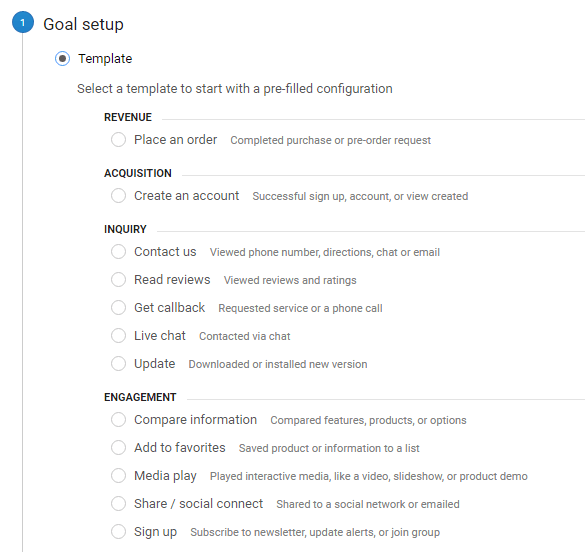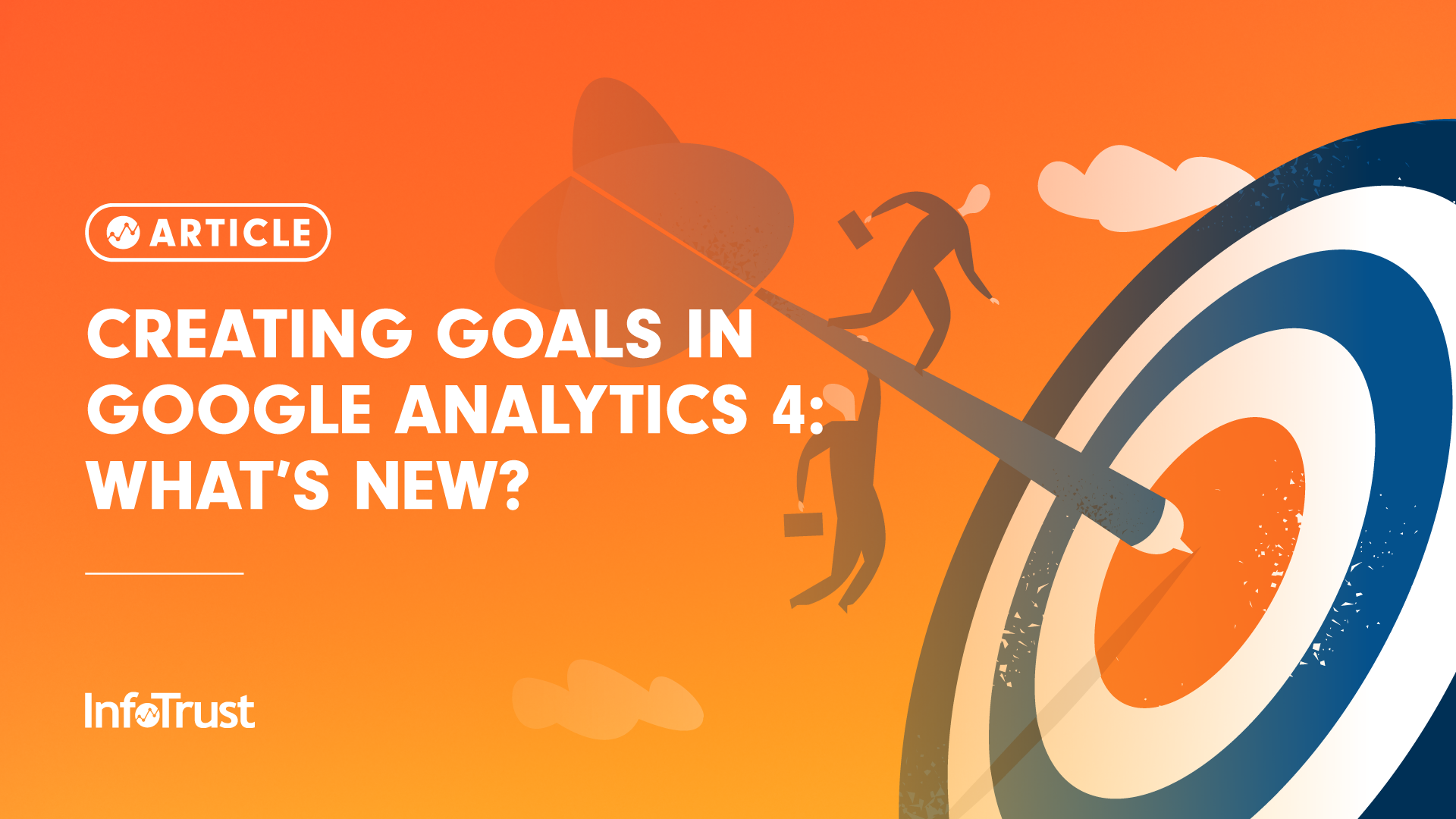Discover What Data Is Google Analytics Goals Unable to Track
Discover What Data Is Google Analytics Goals Unable to Track
Blog Article
Debunking Google Analytics Limitations: Discover What Data Goals Can not Track
In the world of digital analytics, Google Analytics stands as a powerful tool that provides beneficial understandings into web site efficiency and user behavior. Amidst its capacities, there exist limitations that often go undetected. Comprehending what Google Analytics can not track is essential for a comprehensive understanding of data analysis and decision-making procedures. From the complexities of user communication with dynamic content to the intricacies of cross-device individual journeys, these constraints lost light on areas that might remain covered from conventional analytics point of views. By unwinding these restraints, a more clear picture emerges, permitting for more enlightened methods and refined understandings into individual involvement and conversions.

User Communication With Dynamic Web Content
Individual communication with dynamic web content plays a crucial role in comprehending customer behavior on sites and enhancing the total user experience. Dynamic content refers to components on a page that can change without the requirement for a full web page reload. This consists of interactive elements such as pop-ups, sliders, forms, and videos that react to customer actions in real-time. By tracking individual communications with vibrant content, website owners can get useful insights into individual interaction, choices, and habits.
Google Analytics offers different tools to track user communications with vibrant content, such as event monitoring and digital pageviews. Occasion monitoring enables you to check certain individual actions, like clicking a switch or watching a video clip, offering information on how customers communicate with vibrant elements.
Cross-Device Customer Journeys
How can contemporary analytics devices track the complicated courses users take across numerous devices in their on the internet journeys? Cross-device individual trips present a significant difficulty for tracking and assessing user actions accurately. As users engage with applications or web sites using different devices such as tablet computers, desktops, and mobile phones, it comes to be important to recognize just how they relocate between these platforms to maximize customer experience efficiently.
Google Analytics faces restrictions in tracking cross-device customer trips as a result of personal privacy concerns and technical constraints - what data is google analytics goals unable to track. While it can supply understandings right into private devices' communications, tracking a seamless individual journey across multiple gadgets stays a difficulty. This constraint can lead to incomplete data and fragmented customer understandings, making it tough for services to produce a unified sight of the customer journey
To resolve this problem, companies can utilize innovative analytics devices that provide cross-device tracking capacities, enabling them to acquire a more all natural understanding of individual behavior. By leveraging these devices, companies can bridge the space in tracking cross-device individual trips and enhance their digital approaches for a smooth user experience.
Offline Conversions and Acknowledgment
As companies browse the difficulties of tracking cross-device user trips, another crucial element to take into consideration is the realm of offline conversions and acknowledgment in the realm of information analytics. While Google Analytics supplies beneficial insights into online individual actions, it fails when it comes to tracking conversions that happen offline. This limitation presents a significant difficulty for businesses that have both online and offline sales channels.
Offline conversions, such as acquisitions made in physical stores or with telephone call centers, are essential to comprehending the full customer trip. Without the capacity to attribute these offline conversions to certain online interactions, organizations might battle to accurately determine the influence of their digital advertising initiatives.
To address this space, organizations can explore alternative options such as incorporating CRM systems with online analytics tools or using one-of-a-kind promo codes that can be traced back to on the internet projects. By connecting the void in between online and offline data, companies can acquire a much more thorough understanding of their customers' behavior and improve their general advertising methods.
Person Customer Recognition
In the world of information analytics, the capacity to properly recognize specific customers throughout numerous on-line touchpoints is a crucial difficulty pop over here for companies seeking to customize and enhance their advertising approaches. While Google Analytics gives beneficial understandings right into individual habits and interactions, it drops short in enabling the identification of specific people as a result of personal privacy issues and technical limitations. Google Analytics uses one-of-a-kind identifiers such as cookies to track customer sessions and habits, however these do not equate to identifying specific customers in a personal feeling.

Information From Secure Pages
In spite of the increasing frequency of protected web pages on sites, getting data from these encrypted resources presents a special challenge for electronic analytics systems like Google Analytics. Protect web pages, indicated by HTTPS in the link, encrypt data traded between the individual's internet browser and the site's web server to ensure personal privacy and security. While this file encryption is essential for shielding delicate information, it likewise postures limitations for tracking individual actions and gathering analytics data.
Google Analytics deals with barriers in collecting in-depth details from secure pages because of the security methods in position. Therefore, particular data points such as referral sources, keyword searches, and also some customer communications might not be fully captured when individuals access an internet site with a secure connection. This constraint can influence the accuracy and efficiency of the information evaluation, resulting in spaces in recognizing customer actions and choices on secure pages.
To navigate this challenge, digital analysts might require to discover different monitoring approaches or utilize various other devices especially made to collect understandings from safe pages. By adapting techniques to accommodate these limitations, companies can still derive valuable analytics despite the restraints offered by encrypted links.
Final Thought
In verdict, Google Analytics has limitations in tracking customer interaction with dynamic content, cross-device customer journeys, offline conversions, private user recognition, and information from protected web pages. In spite of its useful insights, Google Analytics might not supply a full photo of user involvement throughout various touchpoints.
Customer interaction with dynamic web content plays an important function in comprehending customer habits on internet sites and optimizing the overall individual experience. By tracking individual interactions with vibrant material, website owners can obtain useful understandings into customer engagement, choices, and actions.
Google Analytics uses one-of-a-kind identifiers such as cookies to track user sessions address and actions, however these do not correspond to recognizing individual users in an individual sense.
As a result, certain information points such as recommendation resources, keyword searches, and also some individual interactions may not be totally caught when customers access a web site with a secure connection.In final thought, Google Analytics has constraints in tracking customer communication with vibrant content, cross-device user journeys, offline conversions, individual customer identification, and information from protected web pages.
Report this page